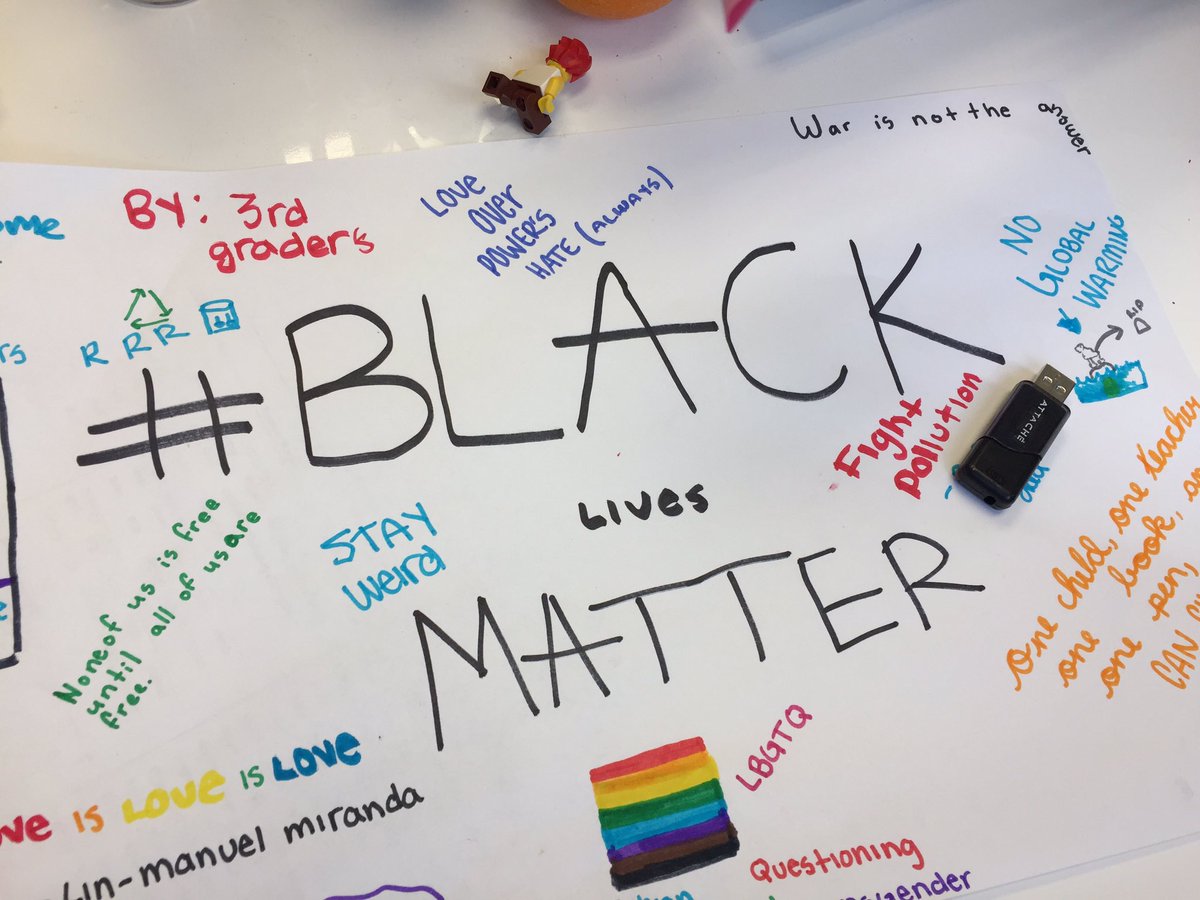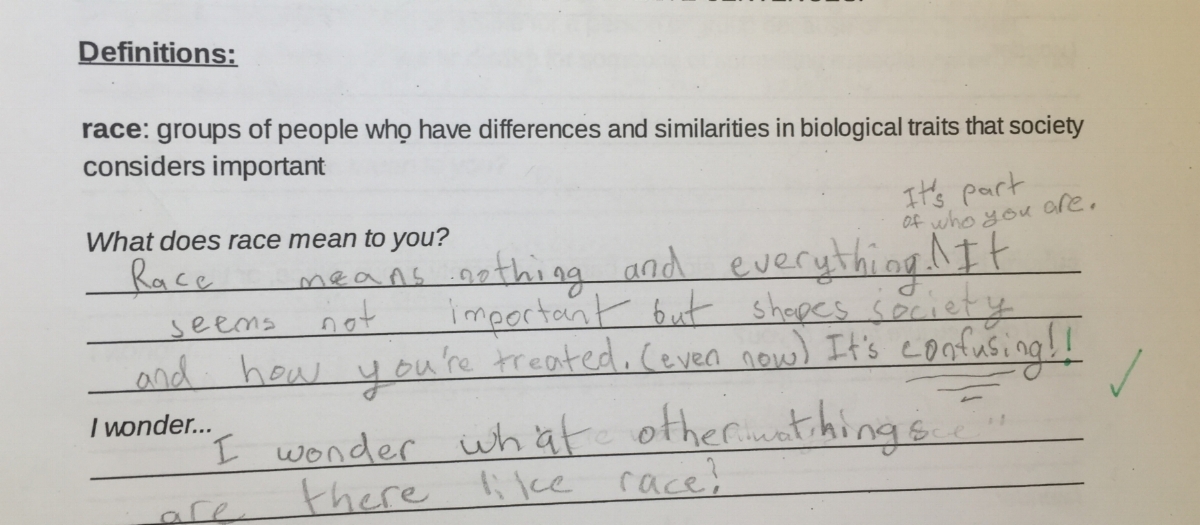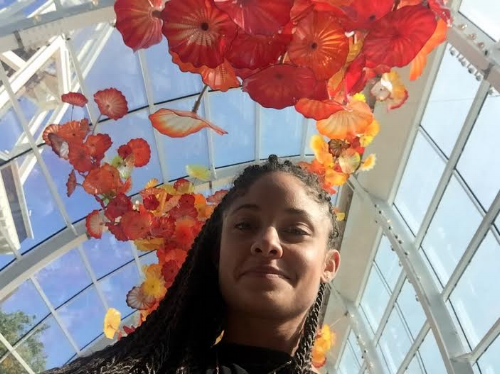NPS Diversity Institute!
Last week, I was fortunate enough to attend the National Presbyterian School Diversity Institute featuring Rosetta Lee. I first encountered Rosetta when we were both presenting (about microaggressions) at the Asian Educators Alliance in 2016, and have been a big fan ever since! I also loved attending a local conference and meeting many early childhood educators who also work in the DC Metro area.
There were so many things to love about this institute. I especially appreciated being able to attend a session for early childhood (PK-3rd) educators, as so many diversity or social justice workshops seem to be geared for middle school and up. There is nothing like being surrounded by early childhood social justice educators to make you feel vindicated for all the times you insisted that third graders (or even fifth graders) are most definitely NOT “too young for this work!”
I also was so grateful for flexible collaborative work time on the second day of the institute and the emphasis on teacher voices and practice. I often attend professional development opportunities and then struggle to find the time to apply what I learned to my own practice, but this institute gave us time and resources to do so by allowing us to work together on our own (or collaborative) projects, questions, or ideas.
Some things I am still thinking about:
Rosetta’s explanation that we should talk about cultural competency as the ability to do your best work with people who are not you and how it has to start with your own cultural self awareness. I will absolutely use this with families and love how clear, simple, logical, and true it is!
Jones Model of Cultural Competence: you will never “get there” because it is iterative! The question you should ask yourself is not “are you there yet?” but “are you moving?”
6 month olds demonstrate an awareness of race - it is developmentally appropriate to talk about race with young students and sharing counter messages to stereotypes is actually essential before they learn bias from the world around them.
How wonderfully practical prompts, advice, and tips from the day were. I especially loved the discussion about how to partner with and support families as there were many concrete examples (also from the audience of educators!).
This incredibly helpful Inclusive Classroom Practices resource Rosetta shared. I hope to use it all this year and ask questions like:
Are these in place in my classroom? In my school?
Are they in place for students and teachers?
What about non-teaching staff?
What (relatively) immediate changes can I make in my classroom to be more inclusive?
How can I counter my own biases?
I also had a wonderful discussion about thematic Social Studies and how instead of memorizing facts or studying ancient civilizations without any connection to today, we should look for the why in history and think critically about the world around us. I loved brainstorming with other teachers about why is Social Studies so tricky?! I especially appreciated this reminder as I am working on fine tuning our Geography curriculum this summer (and remembering it will always continue to change harkening back to the “are you moving?” question!).
Two last reminders of amazing resources (I hope you are already familiar with them, as I was, but it never hurts to remember how useful and important they are): Teaching Tolerance Anti Bias standards and GLSEN Resources for Educators.
Please comment below with any other resources you use to help you keep moving as an anti-bias educator - we'd love to hear from you!















